Tree Diseases: How to spot them before the tree must be removed
Australia has the strictest biosecurity in the world! Why? Because every new pest or disease tends to run wild in our ecosystem. Even though we have the very best biosecurity, sadly, many diseases and pests have still managed to get through.
These diseases can have significant repercussions if not treated correctly. Not only can your tree die if not cared for, but it can spread to neighbouring trees and plants. In addition, weakened trees can become hazardous, damaging property or even costing lives.
So, if you're worried that one of your trees has some illness, the best thing is to contact a qualified arborist. The Cutting Edge Tree Maintenance team will gladly help you out and offer a free consultation. So before you risk the life of a beautiful tree in the hands of amateurs, call the experts on 02 4003 4400.
Now let's have a look at some of the more common tree diseases in Australia:
Armillaria Luteobubalina
Commonly known as: Root Rot or Australian Honey Fungus
Typically effects: Too many to list
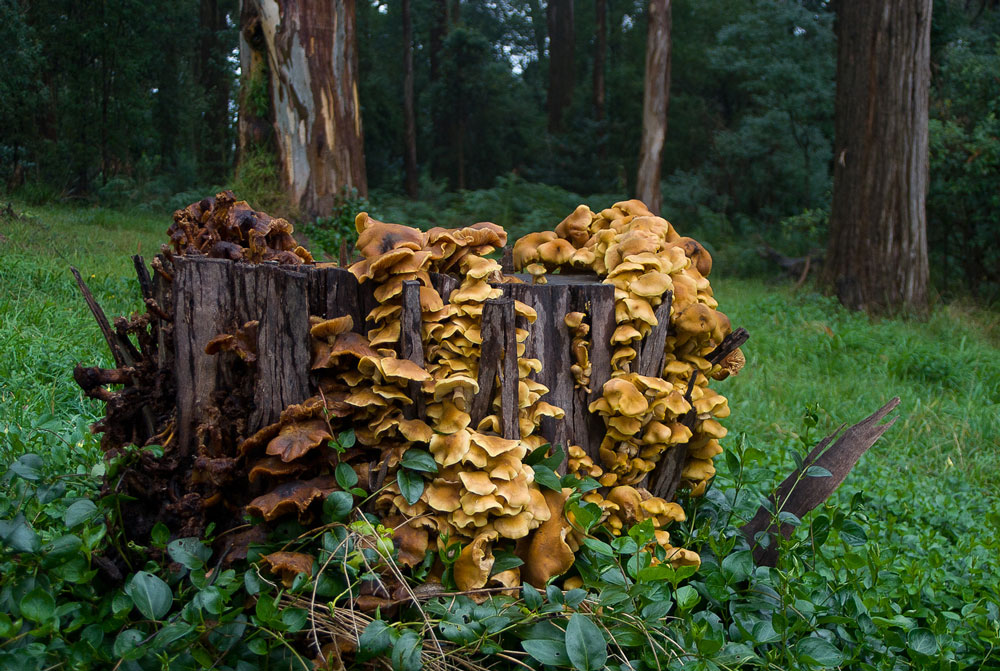
Description: Above ground, you will see inverted V-shaped lesions appear, where the tree will start to rot, and fruit bodies begin to appear. Below ground, root rot will start, and white mycelium will grow under dead or infected bark.
Treatment: Firstly, the tree must be removed and burnt, followed by stump removal and grinding, and finally fumigation of the surrounding ground. Australian Honey Fungus can be very hard to treat and spread quickly. So, contact an expert arborist, like Cutting Edge Tree Maintenance as soon as you see any of the above symptoms.
Austropuccinia Psidii
Commonly known as: Myrtle Rust or Guava Rust
Typically effects: Bottlebrush - Eucalyptus - Lilly Pilly - Paperbark - Tea Tree - Turpentine - Water Gum - Willow Myrtle
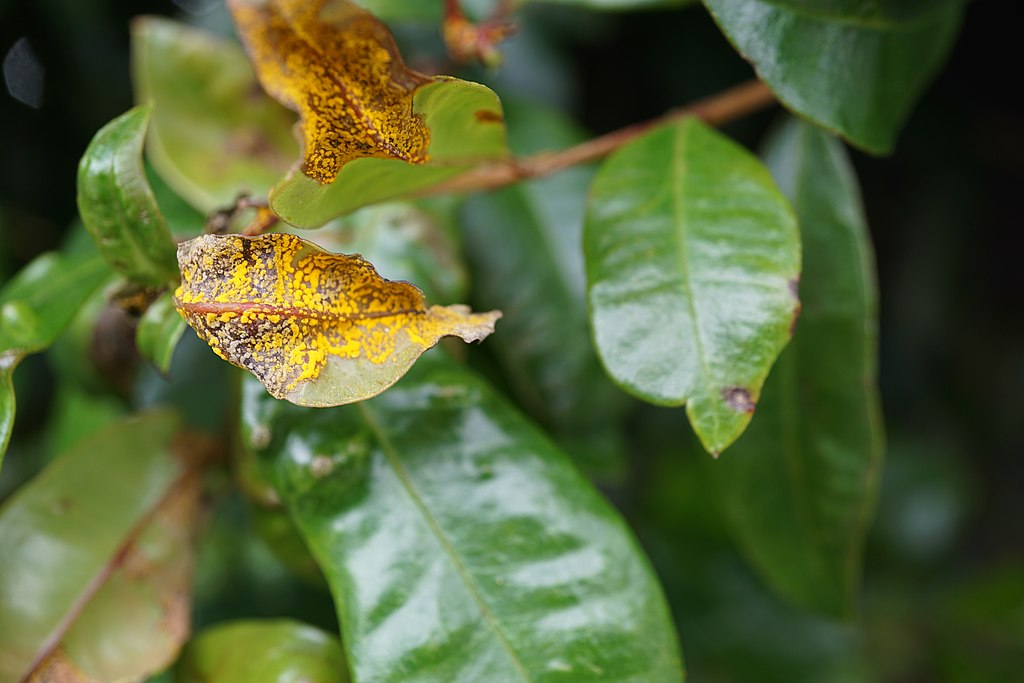
Description: Within 3 to 5 days of infection, the first symptoms will show—tiny purple spots on leaves. The next step is bright yellow spores start to form around the purple dots. Finally, the bright yellow spores begin to fade to a dull yellow, eventually turning grey.
Treatment: The affected tree and the surrounding flora must be sprayed with a special fungicide for several days. Tree removal must be considered before another flora is affected. Qualified arborists can help with this to stop the spread of the disease.
Bretziella Fagacearum
Commonly known as: Oak Wilt
Typically effects: Oak family
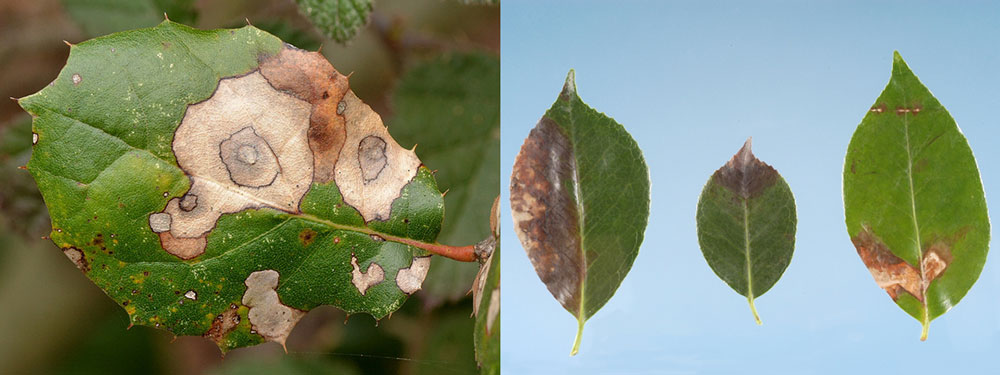
Description: The fungus is dormant during the winter months. The symptoms will start to appear in spring and summer. This disease is hard to spot, as the first symptoms appear at the top of the tree. Symptoms vary depending on the type of oak tree. But the symptoms include discolouration of leaves, wilted or curled leaves, dead crowns and by mid-summer, leaves will drop off.
Treatment: Sadly, Oak Wilt has no remedy. Once diagnosed, the tree must be removed as soon as possible before putting other trees at risk.
Erythricium Salmonicolor
Commonly known as: Pink Disease, Cobweb Disease Of Citrus or Pink Limb Blight
Typically effects: All citrus varieties and other woody plants
African Mahogany – Apple - Apple Blossom Tree - Crab Apple - Custard Apple - Drum-Stick Tree – Elm – Fig - Flooded Gum - Golden Shower – Holly – Jackfruit – Loquat – Mango - Nashi Pear - Pear
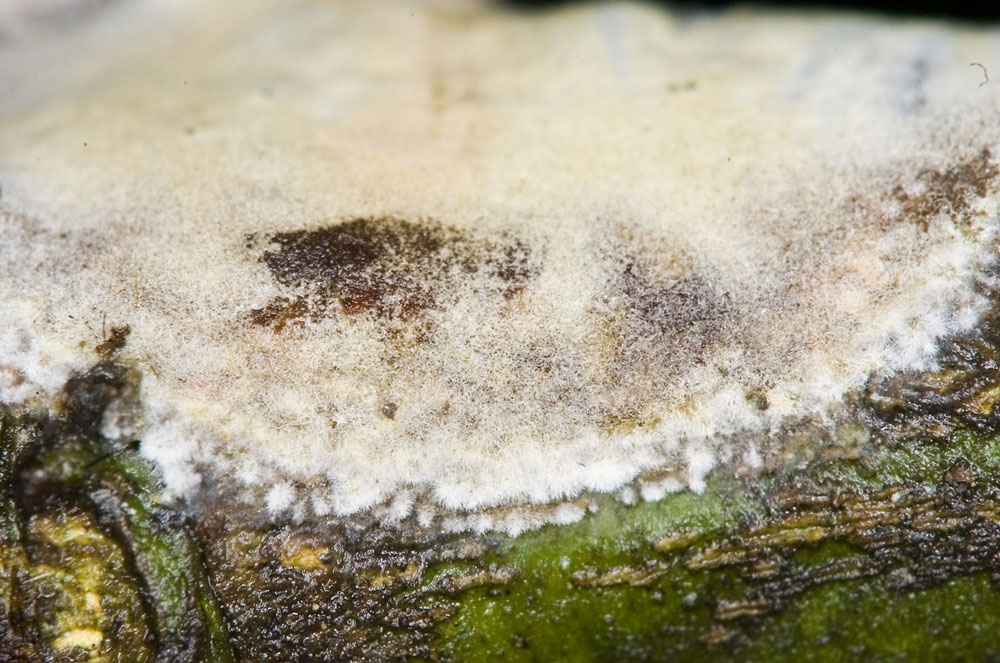
Description: Pink Disease produces different symptoms depending on the tree. But it's a smooth encrustation that quickly spreads along the outer layer of woody tissue, which eventually penetrates the bark. Like the name Cobweb Disease Of Citrus suggests, the fungus will often produce a cobweb layer on specific branches.
Treatment: The only actual treatment is removing the affected branches. But before you start lopping off branches, please consult a tree surgeon; it might not be what you think it is.
Seiridium (S. Cardinale, S. Cupressi & S. Unicorne)
Commonly known as: Cypress Canker
Typically effects: Arizona Cypress - Castlewellan Gold - Eastern Red Cedar - Lawson Cypress - Leighton Green - Incense Cedar - Himalayan Cypress - Monterey Cypress - Naylors Blue - New World Conifers - Northern White Cedar - Swanes Golden - Western Red Cedar - And others...
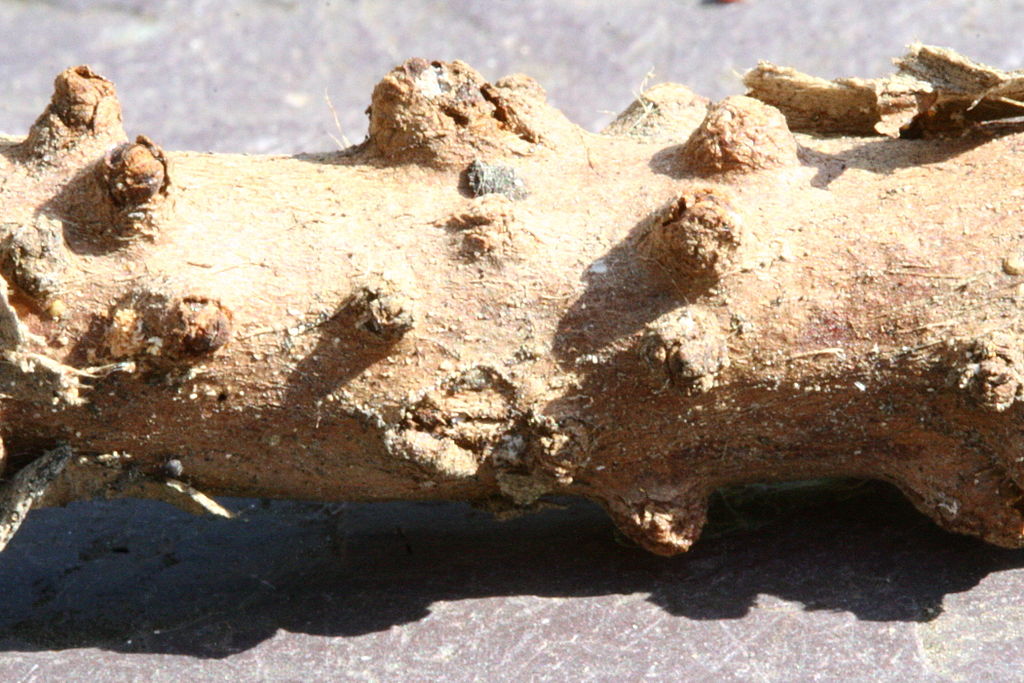
Description: Via natural fissures or other injuries to the bark, fungus spores attack the wood below, stopping the sap flow, the foliage will turn yellow, and the branch will die. In addition, a long, narrow, hollow canker, or dead tissue, with a red tinge will appear where the infection began, and resin will ooze out.
Treatment: If caught in time, 10 centimetres below the canker, all branches must be pruned to stop the disease from spreading to the main stem. All tools must be sterilised before and after use so as not to extend to other trees. All removed foliage must be burnt or buried.
Spilocaea Oleaginea
Commonly known as: Olive Peacock Spot, Olive Leaf Spot & Bird's Eye Spot
Typically effects: Olive trees
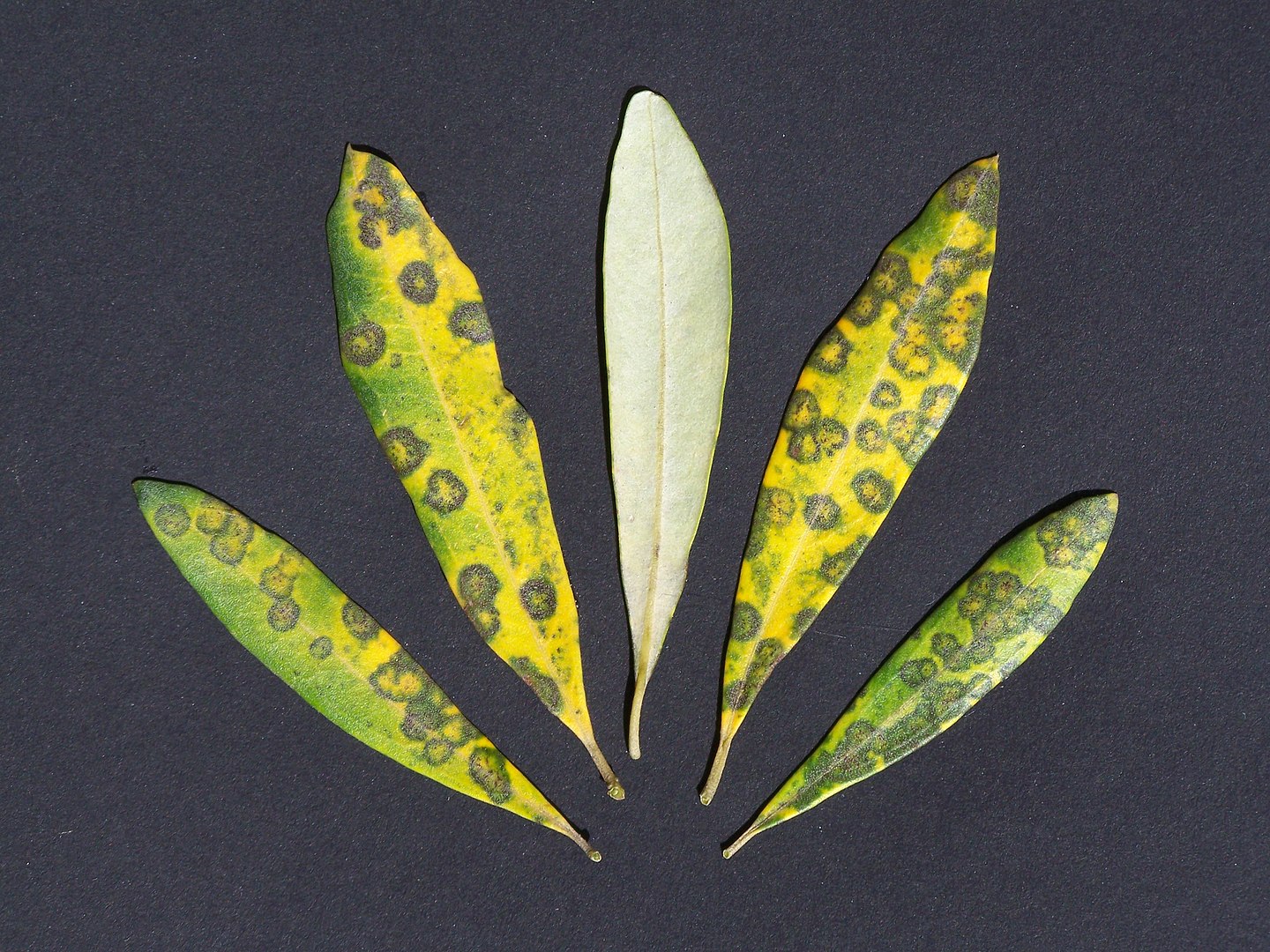
Description: Dark spots start to appear on the surface of the lower canopy. The dark spots will grow as the illness progresses, and a yellow halo will begin to form around the dark spots. If not treated, crop production will fail.
Treatment: The tree and its foliage are sprayed with a copper compound. Olive Peacock Spot is easy to treat, as long as it's done correctly and quickly, so make sure you contact a professional!
That's just a few of the most common diseases that can affect your trees. Unfortunately, many more affect our local trees, but regular tree maintenance is key to saving a tree. In most cases, an expert arborist can treat tree diseases, and the tree can be lovingly nurtured back to its former glory. But sadly sometimes the only remedy is to remove the tree before the illness can spread, or before the tree becomes weak and falls, damaging property or bystanders!
So if you're in or around Newcastle and looking for tree services Newcastle, tree removal Lake Macquarie, tree removal Hunter Valley, Palm tree removal or you're worried that your tree might be getting sick, contact Cutting Edge Tree Maintenance via the contact form below or by calling 02 4003 4400.